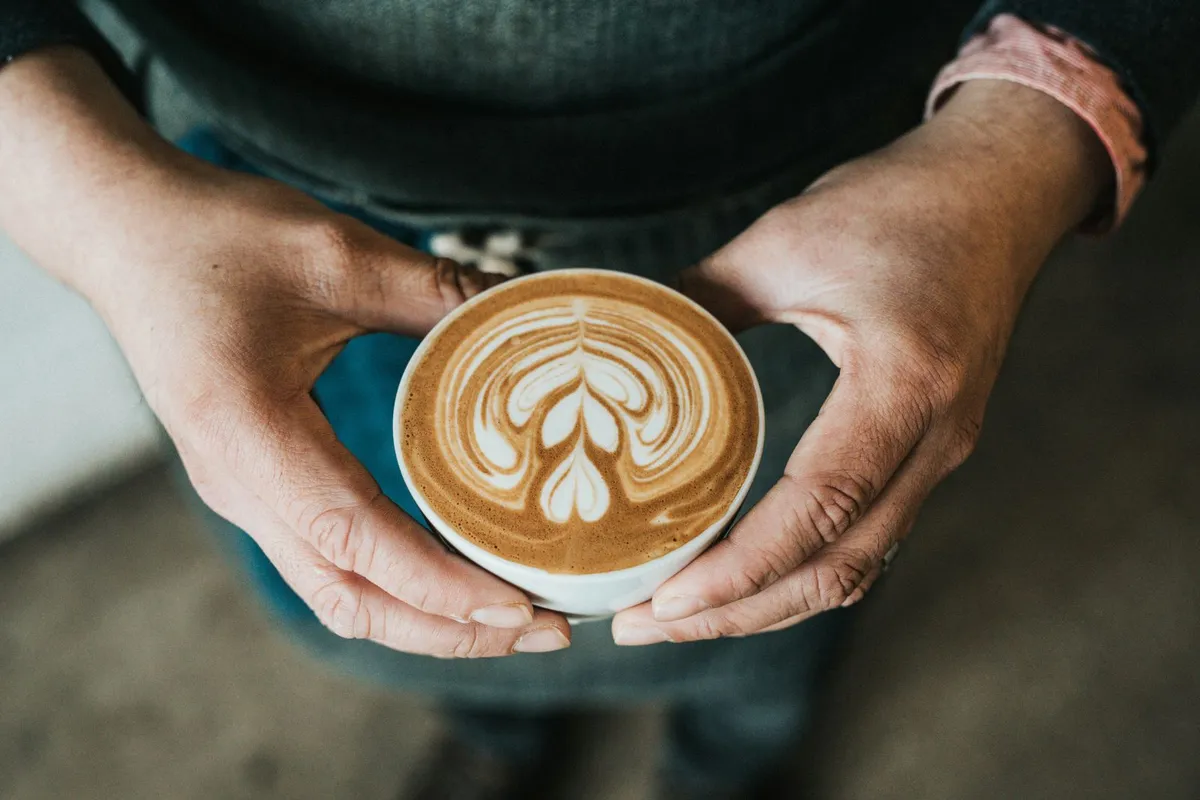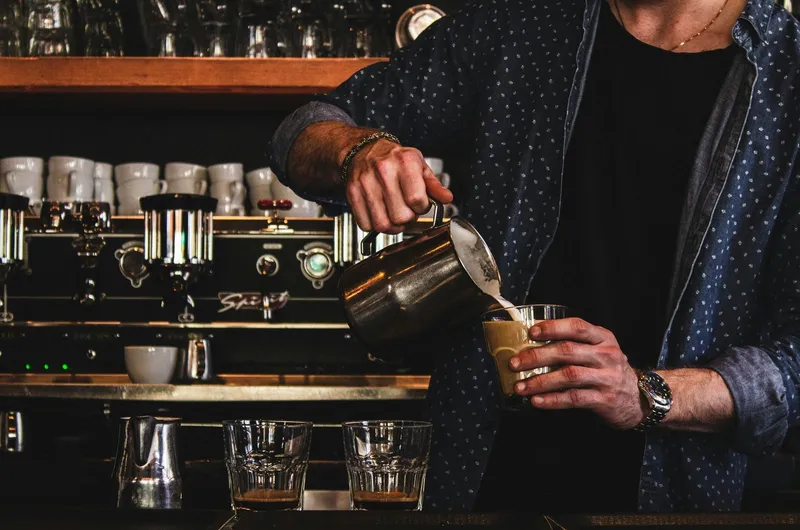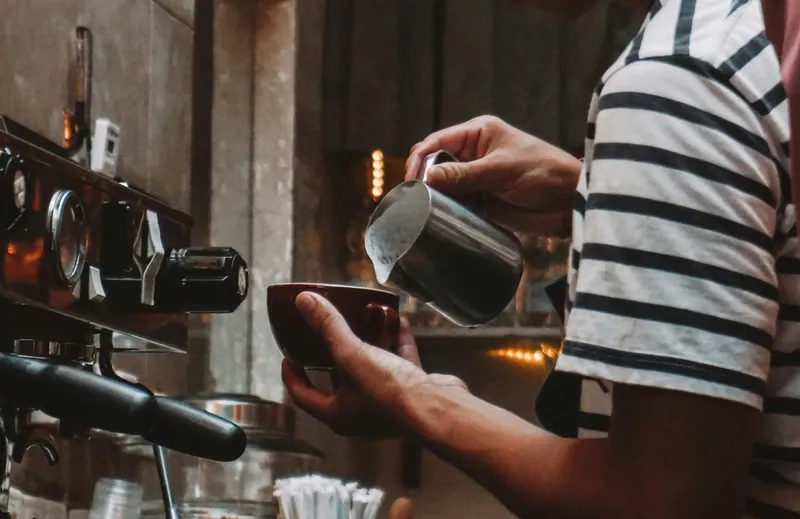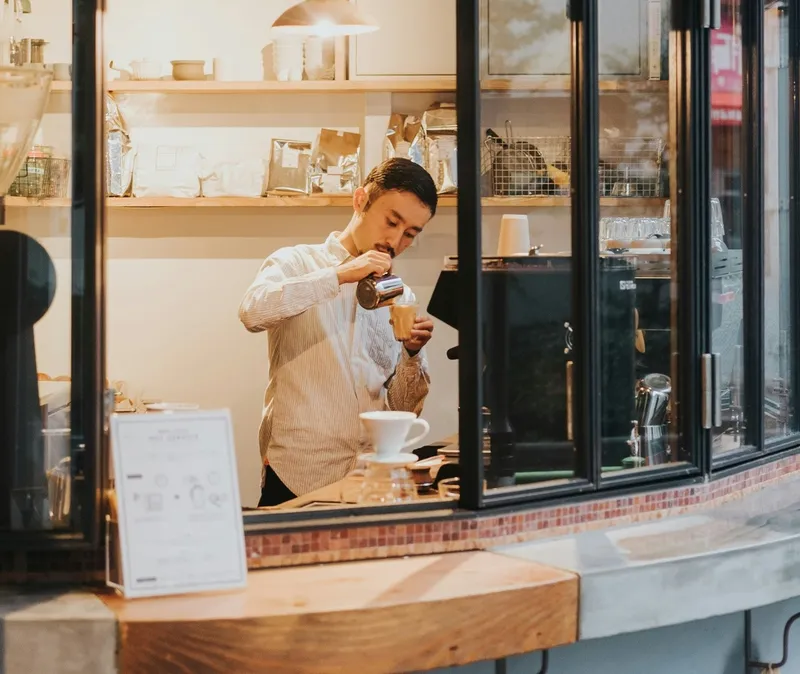Struggling to price coffee profitably? With rising costs and price-sensitive customers, coffee shop managers face a tough challenge. Charge too much, and you risk losing customers. Charge too little, and your margins suffer.
So, how do you set the right price for a cup of coffee in London (or any other city)?
In this guide, we’ll break down a smart coffee pricing strategy based on costs, competitor pricing, and customer perception—so you can increase profitability without losing loyal customers.
1. Understanding the True Costs of Your Coffee
Before setting your prices, you need to know exactly how much each cup costs to make. Many specialty coffee shop owners only consider coffee beans and milk, but there’s more to it:
- ☕ Coffee beans (cost varies by supplier and quality)
- 🥛 Milk (standard, oat, almond, etc.)
- 📦 Takeaway cups and lids
- 💡 Energy costs (espresso machine, grinders, refrigeration)
- 👩🍳 Barista wages
Let’s break it down with a flat white in a 12oz cup, commonly priced at £3.50–£4.50 in London.
Example cost breakdown for a £4 flat white:
- VAT (Value-Added Tax at 20%): £0.67
- Cost of Goods (COGS – coffee, milk, cup, lid): £1.20
- Gross Profit per cup: £2.13 (before rent, wages, utilities)
Most successful coffee shops aim for a 65–70% gross profit margin on drinks. If ingredient costs rise, small, incremental price increases help maintain profitability.
- ✅ Use a simple spreadsheet to track costs and price adjustments
- ✅ Regularly review supplier costs to stay competitive
- ✅ Plan annual price increases to prevent sudden jumps
2. Why Competitor Pricing Matters (But Shouldn’t Control You)
Your pricing strategy should consider what other cafes in your area charge—but that doesn’t mean copying their prices.
How to research competitor pricing in London:
- 📍 Visit nearby coffee shops and check their menu prices
- 🔍 Compare local independent cafés vs. chain stores
- 📊 Look at menu differentiation—do they offer premium beans, alternative milks, or unique brewing methods?
💡 One of your biggest competitors isn’t another coffee shop—it’s home brewing and office coffee machines. When budgets are tight, customers may visit less often or switch to making coffee at home.
To keep customers coming back, focus on:
- ✔️ Quality ingredients and consistent coffee taste
- ✔️ Exceptional customer service and ambiance
- ✔️ Loyalty programs or incentives for repeat visits
3. How Customers Perceive Coffee Pricing
Customers don’t just pay for coffee—they pay for:
- 🏡 Atmosphere & Experience – A well-designed café can charge more
- 🌱 Sustainability & Ethical Sourcing – Transparency about sourcing justifies premium pricing
- 📍 Location & Convenience – Prime locations can price higher
Real-Life Pricing Examples:
- Flat white in a specialty café in Central London: £4.00–£5.00
- Flat white at a chain coffee shop: £3.50–£4.20
- Home-brewed flat white (cost per cup): ~£1.00
Even though home brewing is cheaper, customers pay more for quality, convenience, and experience.
💡 The goal isn’t to sell more coffee—it’s to maximize profit on each sale.
4. How to Raise Coffee Prices Without Losing Customers
Customers expect small price increases over time—but large, sudden jumps can drive them away. Smart Pricing Strategy for Coffee Shops:
- ✅ Increase prices gradually (e.g., 10–20p per year)
- ✅ Communicate value—highlight ethically sourced beans, barista expertise, or specialty drinks
- ✅ Bundle products—offer coffee + pastry deals to increase perceived value
- ✅ Introduce premium options—customers are willing to pay more for higher-quality beans or alternative milks
💡 Example: Instead of raising all coffee prices at once, introduce a premium coffee line with higher margins while keeping standard options affordable.
5. Key Takeaways for Coffee Shop Managers
Finding the right coffee price is about balancing costs, competitor pricing, and customer perception.
- ☕ Track ingredient costs regularly to ensure profitability
- 💰 Price competitively but don’t undervalue quality coffee
- 🔼 Raise prices gradually to avoid shocking customers
- ✨ Focus on customer experience—great coffee shops sell more than just coffee



